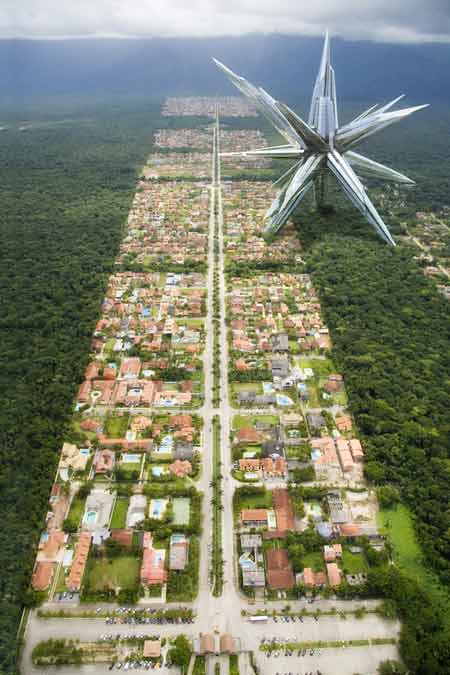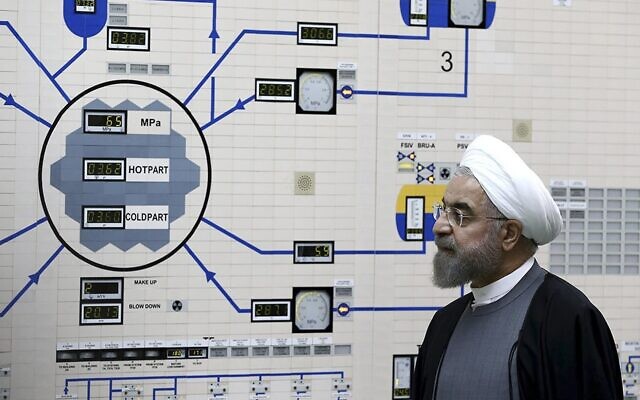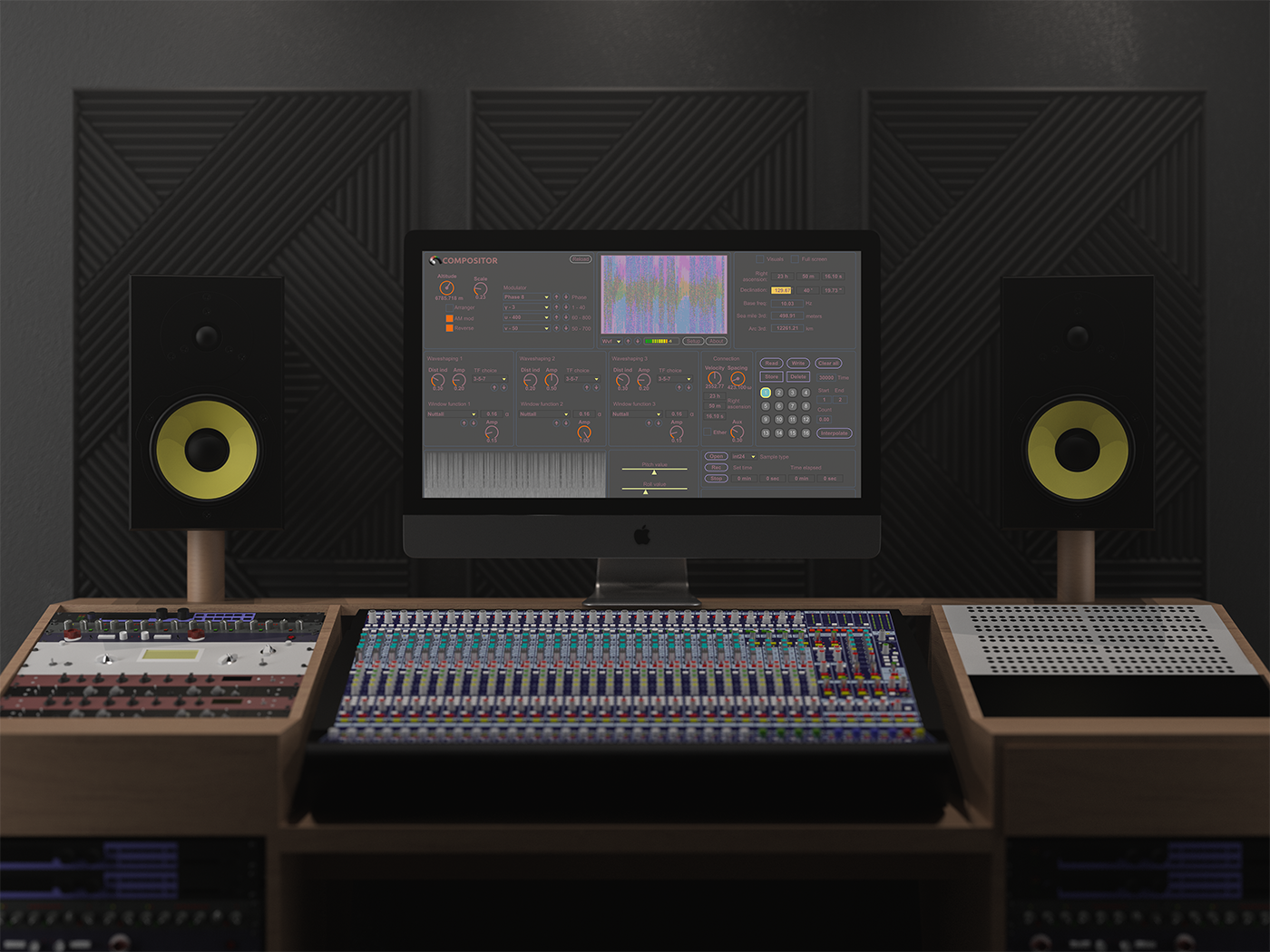Superstar Architecture Compositor generates a link layer frame of the OSI model and TCP/IP (Modernized version). It encapsulates information into the frame of the Ethernet from the network, transport and application layers. It forms a Z-frame similar to the PDH T-carrier used in North America and Japan. This frame is needed to encapsulate TCP/IP levels into the system of the…



